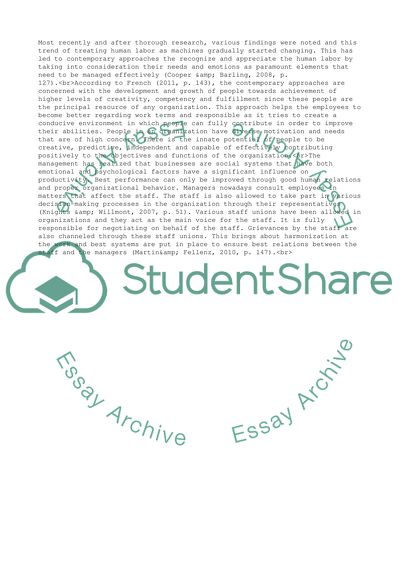Cite this document
(“Advanced Organizational Behavior Essay Example | Topics and Well Written Essays - 2000 words”, n.d.)
Retrieved from https://studentshare.org/business/1610975-in-the-past-the-body-was-seen-by-managers-simply-as-a-tool-of-labour-whereas-more-contemporary-approaches-see-workers-bodies-and-emotions-as-largely-aesthetic-resources-discuss
Retrieved from https://studentshare.org/business/1610975-in-the-past-the-body-was-seen-by-managers-simply-as-a-tool-of-labour-whereas-more-contemporary-approaches-see-workers-bodies-and-emotions-as-largely-aesthetic-resources-discuss
(Advanced Organizational Behavior Essay Example | Topics and Well Written Essays - 2000 Words)
https://studentshare.org/business/1610975-in-the-past-the-body-was-seen-by-managers-simply-as-a-tool-of-labour-whereas-more-contemporary-approaches-see-workers-bodies-and-emotions-as-largely-aesthetic-resources-discuss.
https://studentshare.org/business/1610975-in-the-past-the-body-was-seen-by-managers-simply-as-a-tool-of-labour-whereas-more-contemporary-approaches-see-workers-bodies-and-emotions-as-largely-aesthetic-resources-discuss.
“Advanced Organizational Behavior Essay Example | Topics and Well Written Essays - 2000 Words”, n.d. https://studentshare.org/business/1610975-in-the-past-the-body-was-seen-by-managers-simply-as-a-tool-of-labour-whereas-more-contemporary-approaches-see-workers-bodies-and-emotions-as-largely-aesthetic-resources-discuss.


